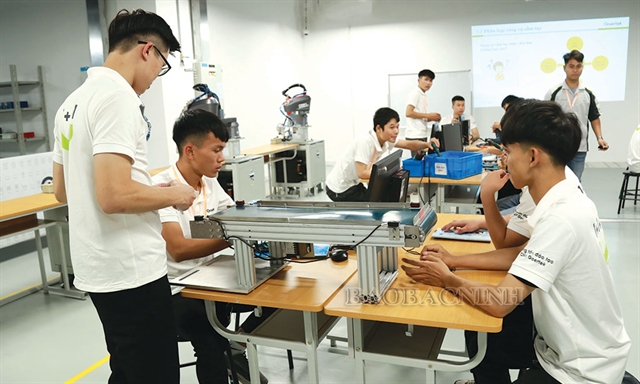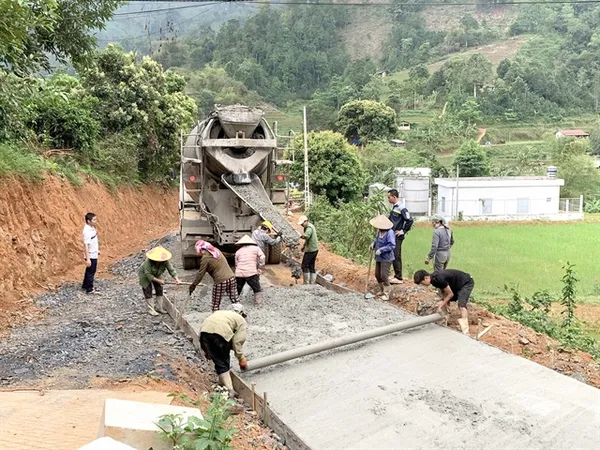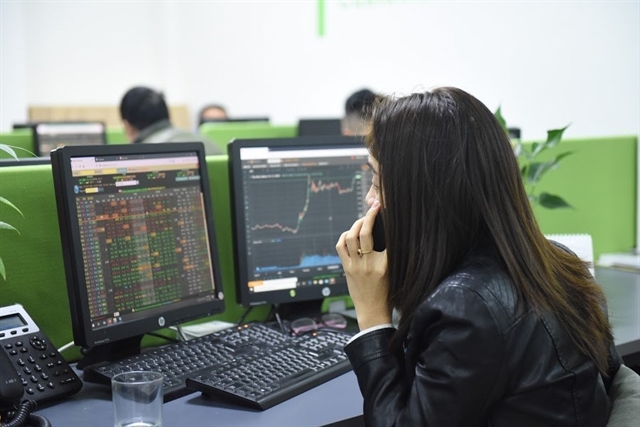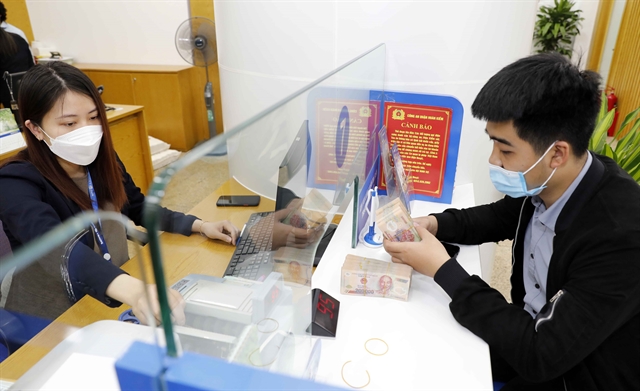

|
| Trà My cinnamon is a speciality of the central province of Quảng Nam. — Photo congthuong.vn |
QUẢNG NAM — Enterprises in the cinnamon sector should take advantage of opportunities brought by free trade agreements (FTAs) to increase exports, a conference heard last week in the central province of Quảng Nam.
Speaking at the event, Deputy Director of Quảng Nam Department of Industry and Trade Hường Văn Minh said that Quảng Nam cinnamon had been a well-known spice and had created major income for ethnic groups for many years.
The Ministry of Science and Technology's Intellectual Property Office of Việt Nam issued a geographical indication certificate for Trà My cinnamon in 2011 and cinnamon bark products in 2015. Cinnamon products have created a major source of income for people in cinnamon-growing areas. and cinnamon trees had become the most important tree in the economic development of Quảng Nam’s Trà My District.
However, the gloomy global market and the decreasing quality of Trà My cinnamon products had resulted in shrinking consumption, and local people had to narrow many cinnamon areas to grow other types of trees, Minh told the conference.
Minh said most cinnamon and cinnamon bark products were purchased by traders and exported through the Chinese market. Local enterprises failed to export these products directly to foreign countries.
He added that scattered growing areas, unstable sources of raw materials and the firms' insufficient investment in building processing facilities and researching and developing product quality remained problematic.
A firm representative in Quảng Nam said cinnamon growers in the province had encountered many difficulties, typically inadequate human resources. The firms' insufficient financial capacities had also caused challenges for them in expanding production facilities, improving the output and product quality. So, they failed to meet the demand of domestic and international markets.
In addition, products from cinnamon trees were mainly in raw form, so the consumption market had not expanded and prices were unstable. On the other hand, businesses did not clearly understand the regulations, standards and procedures to promote the export of cinnamon products to overseas countries, especially ones that Việt Nam has inked FTAs with, the representative said.
Meanwhile, Phạm Minh Sỹ, a representative of Trà My Minh Phúc Cinnamon Cooperative in Bắc Trà My District, said his cooperative was considered a start-up model which had established a circular production chain, applied new science and technology to enhance the cinnamon brand. However, his unit had yet to take advantage of the FTAs to foster exports as it only provided the products for the domestic market.
For his part, Deputy director of the Ministry of Industry and Trade's Multilateral Trade Policy Department Ngô Chung Khanh emphasised the importance of seeking new trade partners and customers, building an ecosystem for the industry which could connect central agencies, localities, associations, main export companies, consulting companies and farmers.
More practical measures to support businesses were needed. For example, there should be a separate support programme for taking advantage of FTAs, accessing credit sources and accelerating trade promotion, he said, adding that providing the businesses with updated market information and policies should also be included.
At the same time, businesses needed to research information and policies of FTA markets and then draw up suitable strategies to penetrate these markets. They should also optimise costs and production capacities through connections with other businesses and pay attention to building their brands.
Nguyễn Thùy Linh from the Ministry of Agriculture and Rural Development suggested businesses develop a promotion strategy associated with specific characteristics, connecting supply, demand and distribution, and developing niche markets. They should make more efforts to connect and export products to countries with high demand for cinnamon products to increase the value of cinnamon trees, Linh said.
By the end of this year, the total cinnamon growing area in Quảng Nam Province would reach about 12,000ha. Local firms are producing more than 50 products from cinnamon, such as cinnamon oil, spice powder, dishwashing liquid, floor cleaner, antiseptic, massage oil, and soap. These products are favoured by many customers in Japan and China. — VNS



















